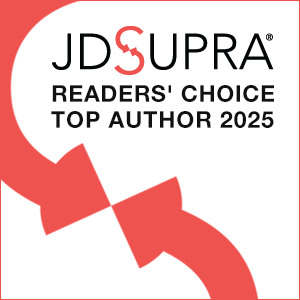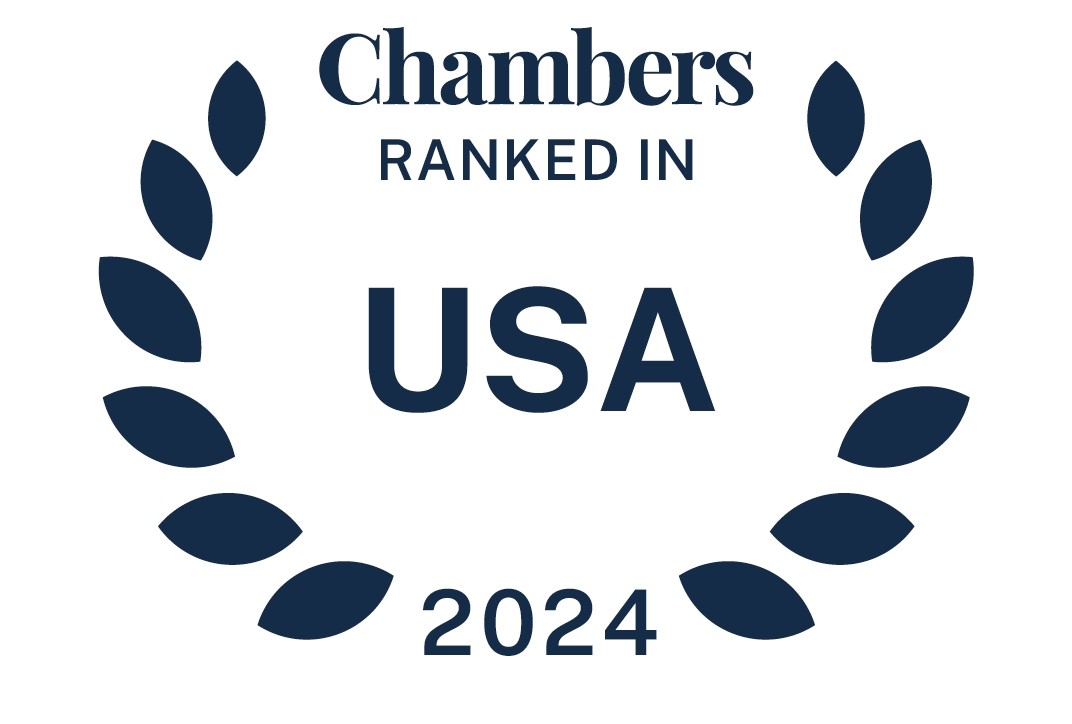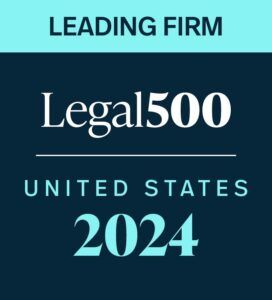The US Court of Appeals for the Tenth Circuit recently held in Pharmaceutical Care Management Association v. Mulready (PCMA) that the Employee Retirement Income Security Act (ERISA) and Medicare Part D preempted several provisions of Oklahoma law regulating pharmacy benefit managers and pharmacy networks. Left unchallenged, these provisions threaten the ability of employers and Medicare Advantage organizations to design uniform nationwide health plans. The Tenth Circuit’s decision in favor of PCMA overturned a lower court decision that caused great concern about the ability of states to indirectly dictate the design of plans governed by ERISA and Medicare Part D.
read more


 Subscribe
Subscribe




